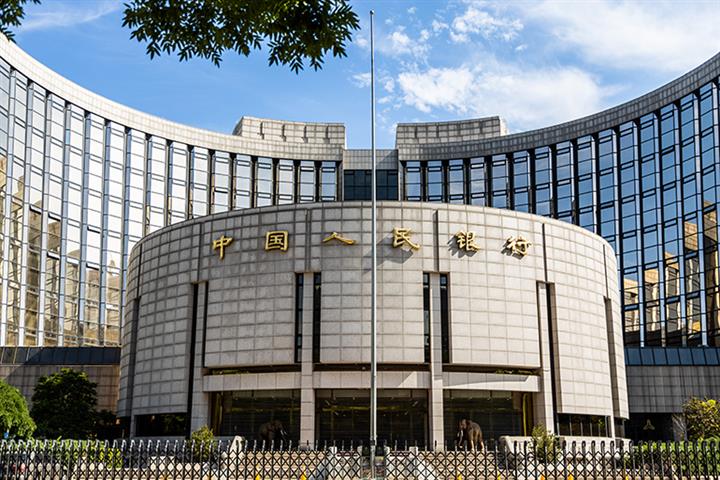 PBOC Says No Urgency for China’s Big Four Banks to Build Up Capacity to Absorb Losses
PBOC Says No Urgency for China’s Big Four Banks to Build Up Capacity to Absorb Losses(Yicai Global) Nov. 1 -- China’s four biggest banks, including Industrial and Commercial Bank of China and Bank of China, are still far from meeting the latest total loss absorbing capacity standards set by the country’s financial regulator to mitigate risks in the banking sector but there is also no great urgency for them to do so, the central bank said.
New rules for TLAC, or the amount of debt or capital available to absorb losses, of global systemically important banks were published by the People’s Bank of China, the China Banking and Insurance Regulatory Commission and the Ministry of Finance on Oct. 29. Setting these standards will have a positive effect on China’s big banks and guide them to improve their risk management mechanisms, they said.
ICBC, Agricultural Bank of China, BOC and China Construction Bank have been identified by the Switzerland-based Financial Stability Board as global systemically important banks, or those lenders which are so big that their failure might trigger a financial crisis. The funding gaps of these four lenders and whether they are under any pressure to meet lending standards have become a concern of investors.
If the Big Four must hold a TLAC amount of 16 percent of risk-weighted assets, then there is a combined gap of around CNY3 trillion (USD468.3 billion), Ming Ming, deputy director of Citic Securities Research Institute, told Yicai Global. They are unlikely to meet the standards within the next three years, but they are not under great pressure, Ming added. They can issue more non-capital debt instruments to meet their capital replenishment needs.
Next, the four major banks need to implement more innovative tools to effectively meet the TLAC standards and maintain economic and financial stability, said Wen Bin, chief researcher at China Minsheng Bank.
Editor: Kim Taylor